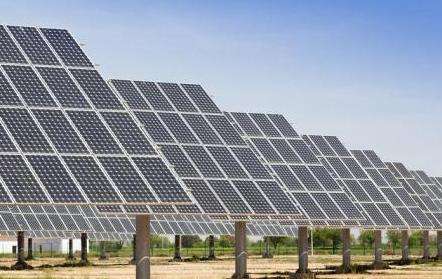The axis of rotation of the vertical axis wind turbine is perpendicular to the ground, that is to say it is vertical. The rotation plane is horizontal, so it can work regardless of wind direction, no need to face the wind direction. The vertical blades create wind resistance to propel the wheel, much like a sail propels a boat. The turbine blades are movable, making it easy to adjust the angle to generate maximum driving force. There are also more advanced lifting type blades, which have an aircraft profile cross section and use lift to push the wheel, which is more efficient.
Please tell me how the vertical axis wind turbine rotates.
At present, large and medium-sized wind power mainly uses horizontal axis wind turbines, which are elevator type. high speed wind turbines, The advantage of high wind utilization is that the ratio ofpeak speed is generally above 4, the rotation speed is high, and the maximum power coefficient can reach 50%. Vertical axis wind turbines also include vertical axis wind turbines. French aerospace engineer Darrieus invented the elevator-type vertical-axis wind turbine in 1931. Later generations called elevator-type vertical-axis wind turbines Darrieus (D) wind turbines. Wind turbine type), the principle and structure of this type of wind turbine are presented below. The picture on the right shows an H-type vertical axis wind turbine, which is a type of lift-type vertical axis wind turbine.
The axis of rotation of the vertical axis wind turbine is perpendicular to the ground, that is to say vertically. The rotation plane is horizontal, so it can work regardless of wind direction, no need to face the wind direction. The vertical blades create wind resistance to propel the wheel, un much like a sail propels a boat. The turbine blades are movable, making it easy to adjust the angle to generate maximum driving force. There are also more advanced lifting type blades, which have an aircraft profile cross section and use lift to push the wheel, which is more efficient.














